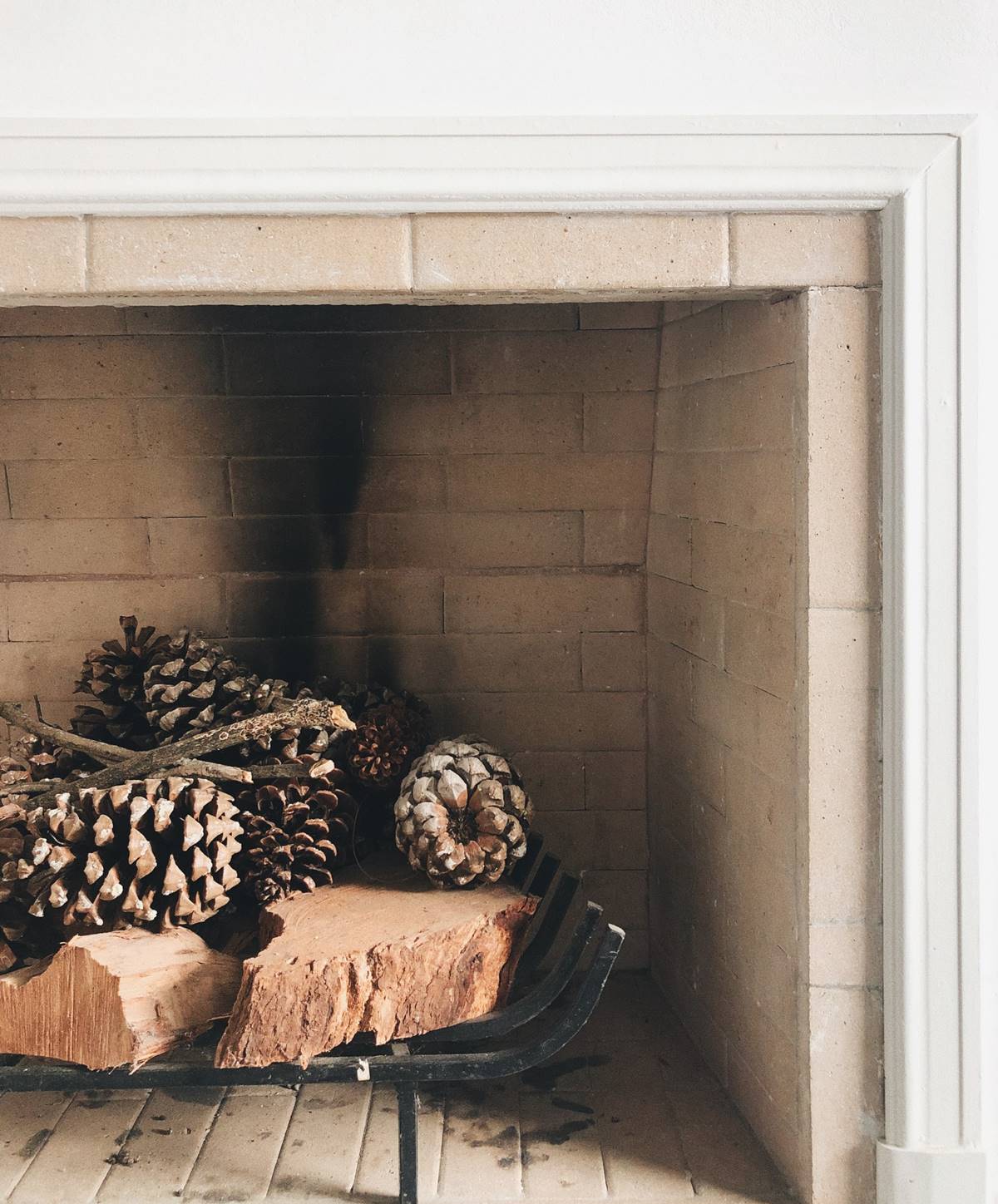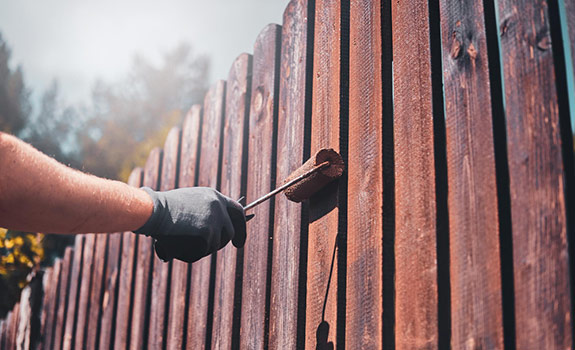Cold winter weather is almost upon us here in the northern hemisphere. Is your home ready?
It had better be, because harsh winter weather can be hard on a home, especially in climates where you definitely get four seasons. Ice, snow, winter storms and freezing temps can really do a number of your windows, roof, gutters, and downspouts. You also need to make sure your fireplace, if you have one, is ready for the cold season.
Fortunately, prepping your home for winter weather isn’t as hard as it sounds. You need to check the weather stripping around your doors and windows, clean your gutters, and inspect your roof for signs of damaged or aging shingles. You should trim shrubs and trees away from your home, and if you have a fireplace or wood-burning stove, get it ready for the season ahead.
Check Your Weatherstripping
Those pesky drafts that come in around your doors and windows do more than just make your home uncomfortably cold. Uneven heating in your home can cause your furnace to work harder than it otherwise might, and wear out sooner as a result. Home warranty prices are reasonable enough that buying coverage for your home’s systems and appliances is affordable, but you still want to get as much life out of your HVAC system as you can. Besides, sealing air leaks in your home by weatherstripping doors and windows can save you as much as 15 percent on your heating and cooling costs.
Before it gets cold, check the weatherstripping around your doors and windows for signs of deterioration. Replacing it is pretty easy and cheap, although the type of weatherstripping material you’ll need will vary somewhat depending on where you’re putting it. Most weatherstripping is easy to install yourself with adhesive or small fasteners, like small screws or finishing nails.
Get Your Fireplace and Chimney Cleaned and Inspected
If you have a wood or gas-burning fireplace or wood-burning stove, you need to get your fireplace and chimney professionally inspected and cleaned each fall before you start using it again for the winter. Creosote and other combustible residues build up inside chimneys, especially those used to ventilate a wood- or pellet-burning furnace that provides the sole source of heat in your home. The inspection will make sure your chimney and fireplace, if you have one, are in good shape and functional — no crumbling bricks or mortar, no birds’ nests, no combustible residue and no damage to the hearth and firebox.
Clean Your Gutters
You should clean your gutters to remove leaves, twigs, and other debris at least once a year, but preferably twice — in the spring and fall. If you’re only going to do it once, do it in the fall, preferably after most of the leaves have fallen but before winter weather begins in earnest. Clogged gutters and downspouts can cause ice dams, which can do expensive damage to your home’s structure. Cleaning them also gives you the chance to inspect them for damage and perform any repairs before harsh winter weather hits.
Inspect the Roof
Wintertime is probably the worst time to discover that your roof is leaking. While you’re up on the ladder cleaning your gutters, take a good, hard look at your roof. Look for:
- Damaged caulk and rust on the flashing
- Broken, curling, or blistering shingles
- Missing shingles
- Shingle granules in the gutters
- Damaged or aging rubber boots around vent pipes
- Lichen or algae growth on the roof
If your roof shows signs of wear, it’s better to have it professionally inspected and repaired before it needs to stand up to winter storms.
Trim Your Trees
Trees that overhang your roof can fall or break and cause serious structural damage to your house. Even if they don’t, trees and shrubs overhanging or growing close to your house can cause excess water to seep behind your siding, causing water damage to your home’s structure. Trees overhanging your roof can also provide a highway for squirrels and other small animals who might like to make your attic their home. Cut trees and shrubs back to a distance of at least three feet before winter sets in.
Winter weather is hard on a home, but with a little prep work, you can be ready. It might be annoying to spend your autumn weekends readying your home for winter, but it beats fending off problems in the middle of the worst weather of the year. Get your house ready for winter, so you can stay cozy and comfortable until spring comes again.








